
Hector’s (and Māui) dolphins
The world’s tiniest marine dolphin lives here in Aotearoa NZ.
Free museum entry for New Zealanders and people living in New Zealand
Open every day 10am-6pm
(except Christmas Day)
Free museum entry for New Zealanders and people living in New Zealand
Researching, caring for, photographing, and displaying the whales, dolphins, and sharks of Aotearoa New Zealand and the South Pacific.

The world’s tiniest marine dolphin lives here in Aotearoa NZ.
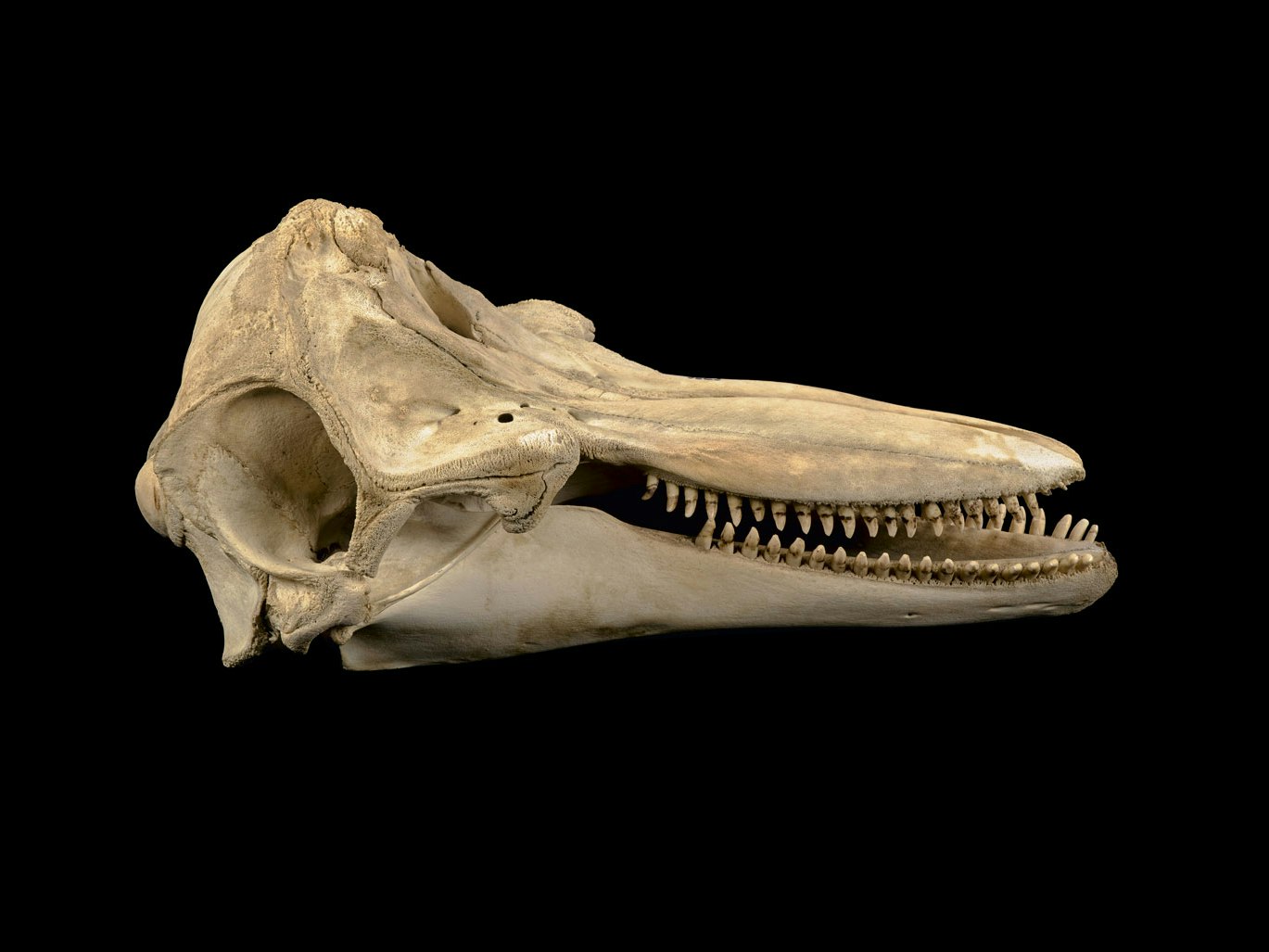
Offshore bottlenose dolphins often hang out in groups with false killer whales.

Two studies that will help us understand how the relationship between Māori and cetaceans has changed since people first arrived in Aotearoa by combining mātauranga Māori (traditional Māori knowledge) with techniques used in archaeological science to tell this story.

There are over 2000 marine mammal specimens in Te Papa's collection. They consist of skeletal material (articulated and non-articulated), preserved animals or parts thereof, skins, casts and mounts of individual animals.
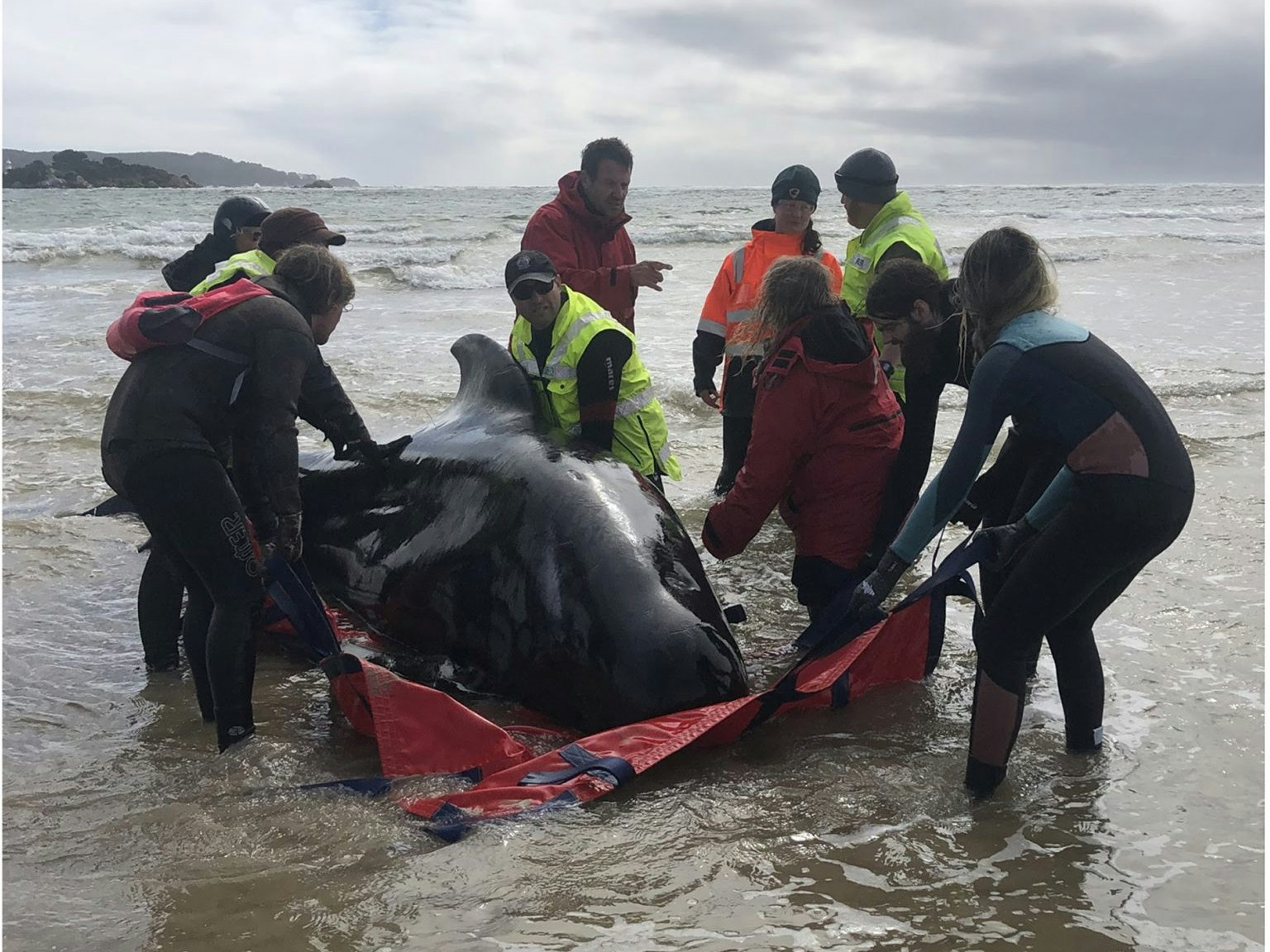
What are pilot whales? And why do so many of them meet their doom ashore?
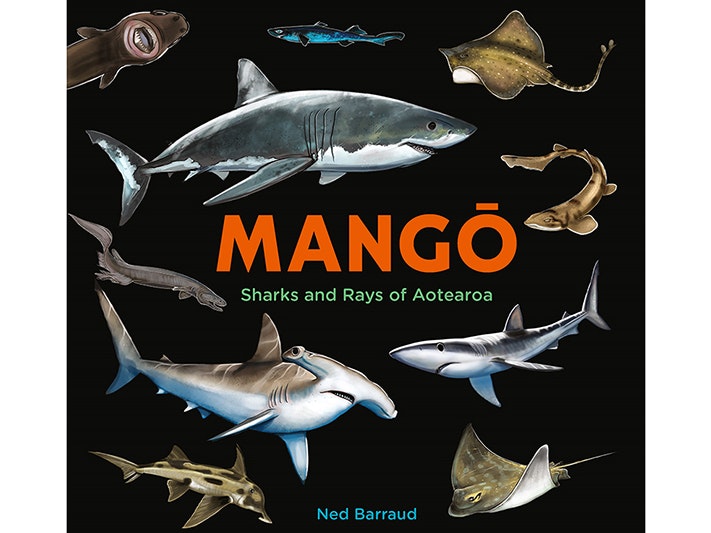
The fascinating lives of Aotearoa New Zealand’s sharks and rays.
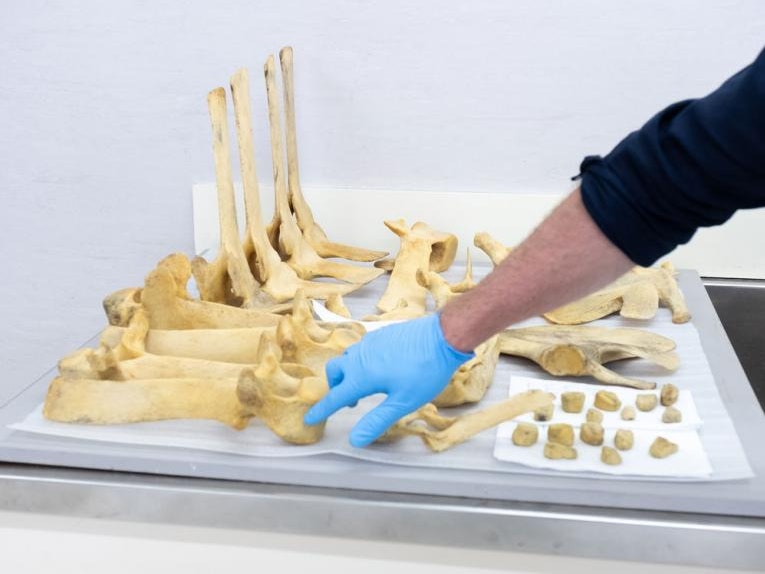
Lots of us care about saving the whales, but not many get as hands-on as technician Stephanie Ho. She’s spent the last nine months caring for whale bones in Te Papa’s collections. It’s a messy, smelly and painstaking job, but it’s protecting these important specimens for the future.
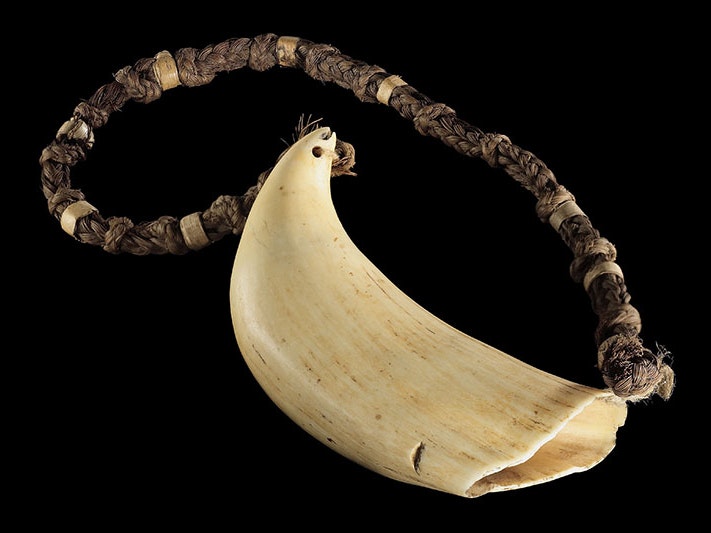
Tabua (pronounced “tambua” – the b has a ‘mb’ sound) are pierced and braided whales’ teeth, originally taken from the lower jaw of sperm whales. Fijians consider them to be kavakaturanga (chiefly items) presented at important ceremonies, including weddings, births, and funerals. Tabua used to be the most effective way to give weight to an apology or atonement.
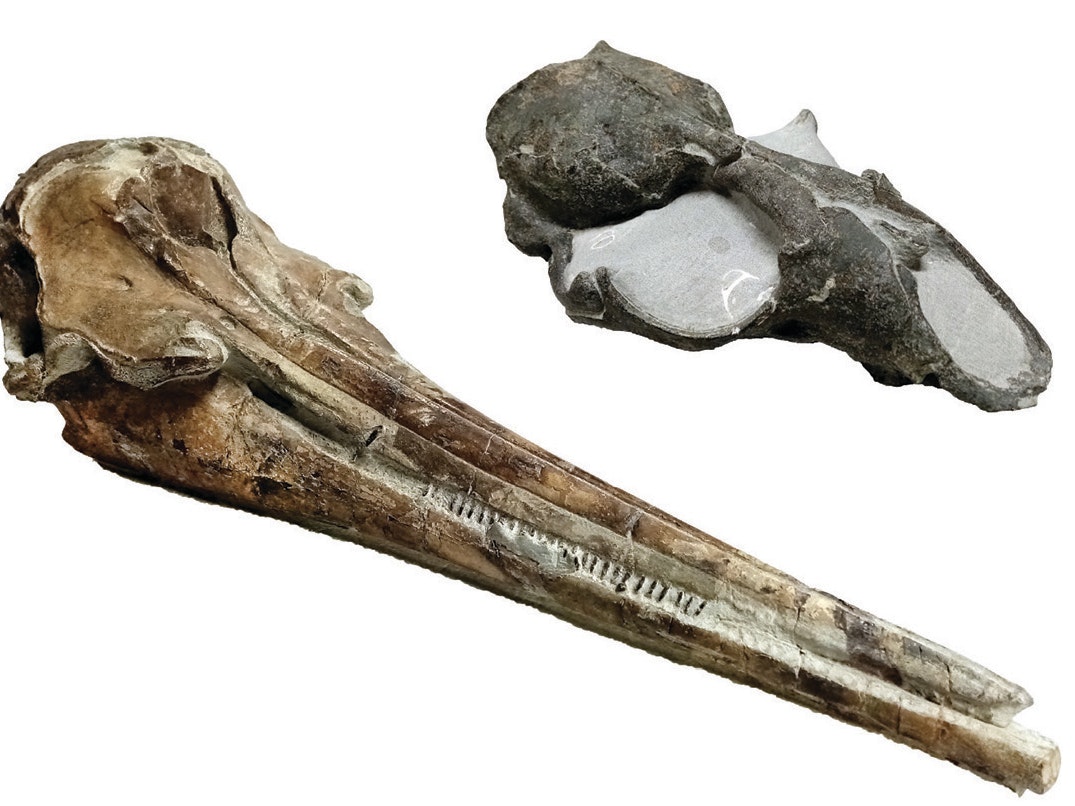
Studying fossils and living marine mammals to elucidate their diversity and evolution through deep time.
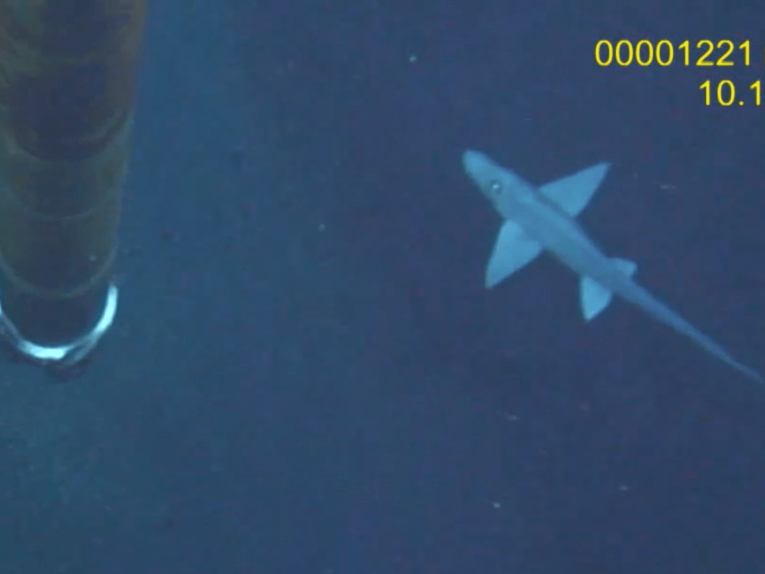
While collecting hard-rock core samples from Brothers volcano in the Kermadec Arc, a ghost shark never before seen in this area, was caught on camera 1,200 metres under the surface.
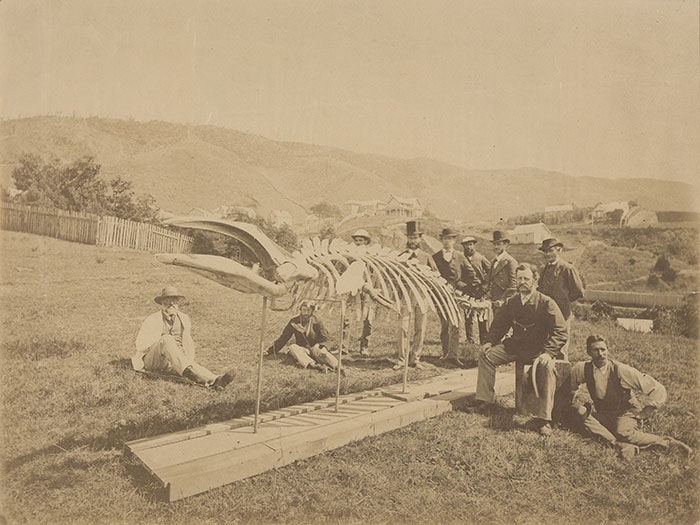
Get up close and personal with, and learn about cultural attitudes towards, the whale.
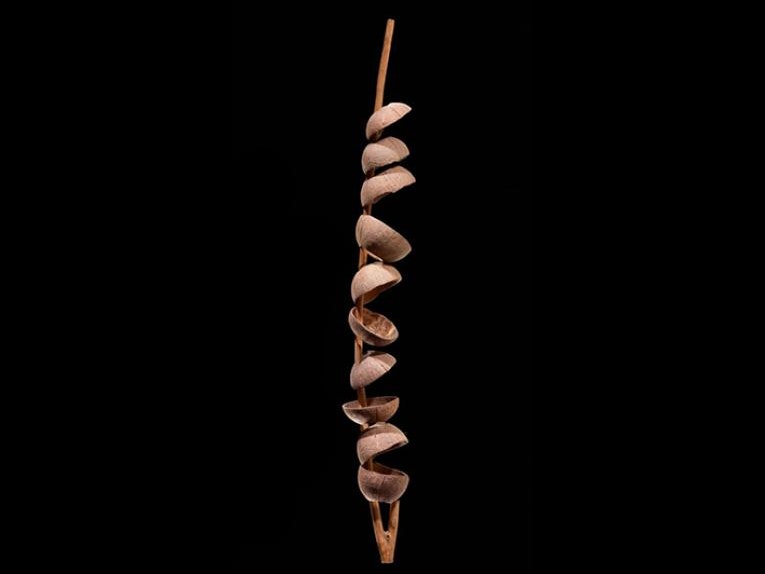
Throughout the 20th century, fishermen would use baits and the tu'i ipu to attract the attention of sharks and lure them to their canoes.

Curator of Vetebrates Alan Tennyson looks at what we know about the monster that grew to 18 metres and lived in New Zealand's waters - the megalodon 'big tooth' shark (Carcharocles megalodon).
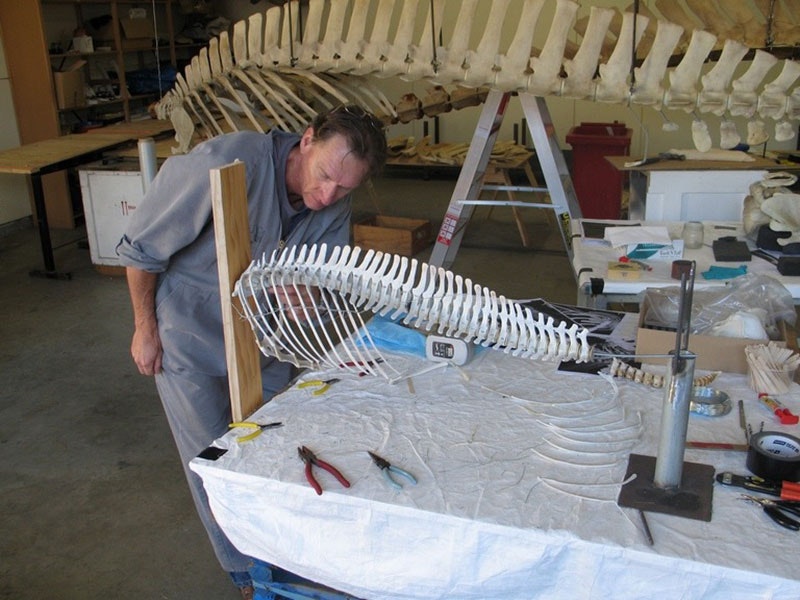
Navigating brittle bones and teeth the size of rice, Thomas Schultz, Collection Manager Science, reflects on putting a Hector’s dolphin back together for an exhibition that would tour North America for ten years.

For centuries whales and dolphins have captured our imaginations. We have revered and mythologised them, hunted them to the brink of extinction and passionately protected them. But how much do we really know?
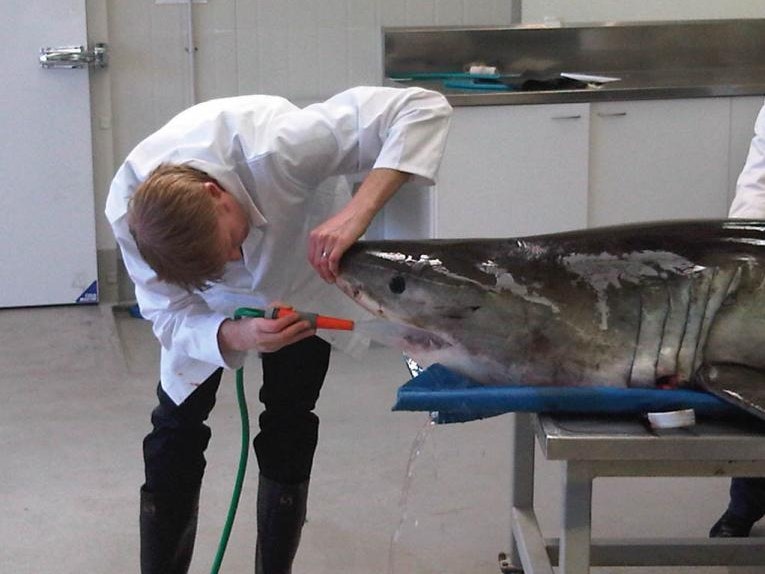
Our fish team picked up a great white shark, an endangered animal and a protected species. The shark had been ensnared in a fishing net and was dead by the time the fishermen had pulled it in, but the team were able to give the specimen a wash and have a closer look.
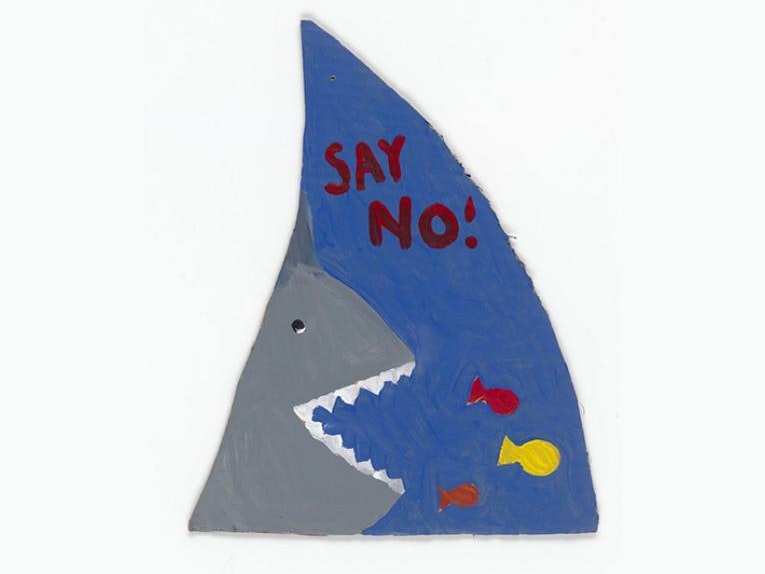
Between March and November 2013 there were 1894 decorated cardboard shark fins made by school students sent to the New Zealand Shark Alliance for its campaign to ban shark finning in New Zealand waters.
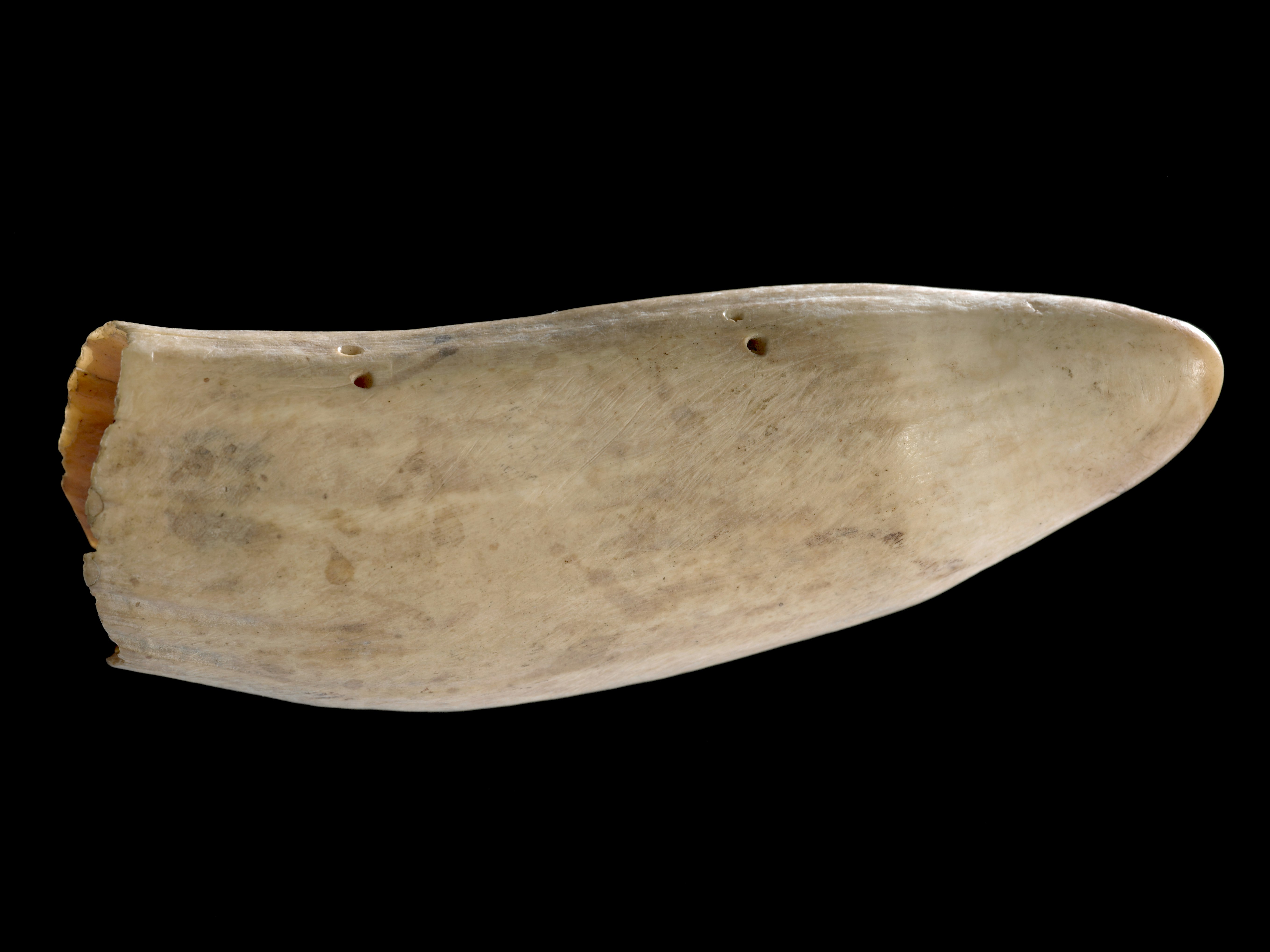
A small whale’s tooth from the Solomon Islands was found to have four very small holes drilled obliquely midway between its ends. This paper talks about the possible reasons for these holes and how the hypothesis was tested.
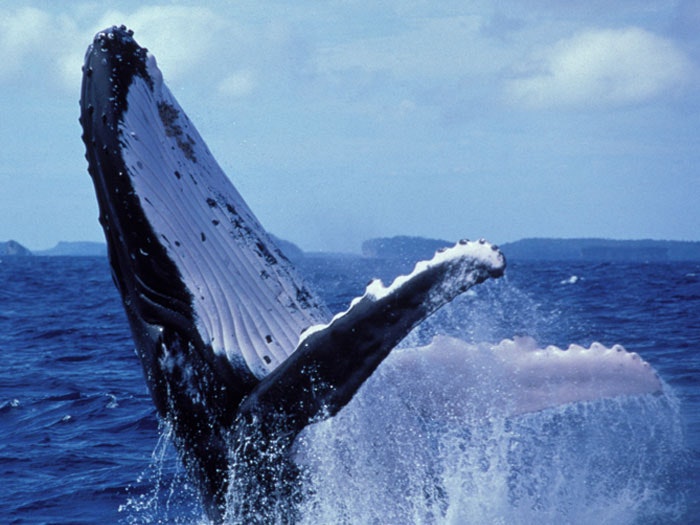
Now no longer touring, the Whales | Tohorā exhibition explored the amazing world of whales, through a unique blend of science and storytelling, drawing on one of the largest whale collections in the world – at Te Papa, New Zealand.
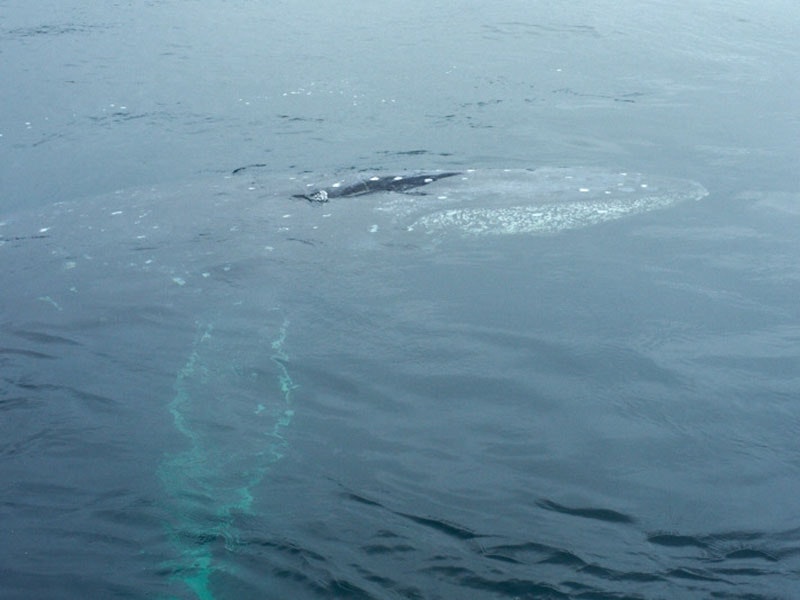
Early childhood, Primary
Learn about the amazing lives of sharks and whales and discover why whales are so important in Māori culture.
Education resource